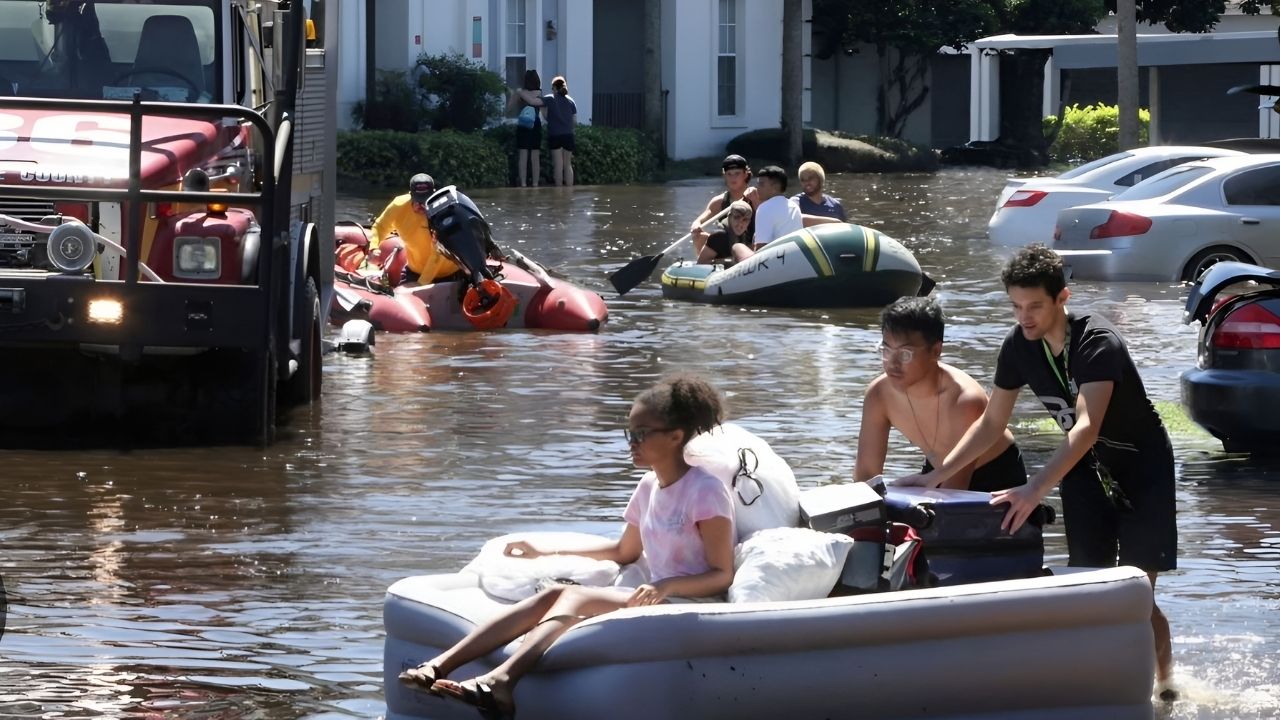
Some cities in the U.S. are facing a ticking time bomb, where exposure to natural disasters has become a growing concern. The National Risk Index highlights the cities most vulnerable to natural catastrophes, showing how risk intersects with population density, aging infrastructure, and multiple hazards.
In this article, we explore which cities are most at risk and why, providing insights into how they can prepare for the inevitable challenges ahead.
1. South Gate, CA Leads the Charge
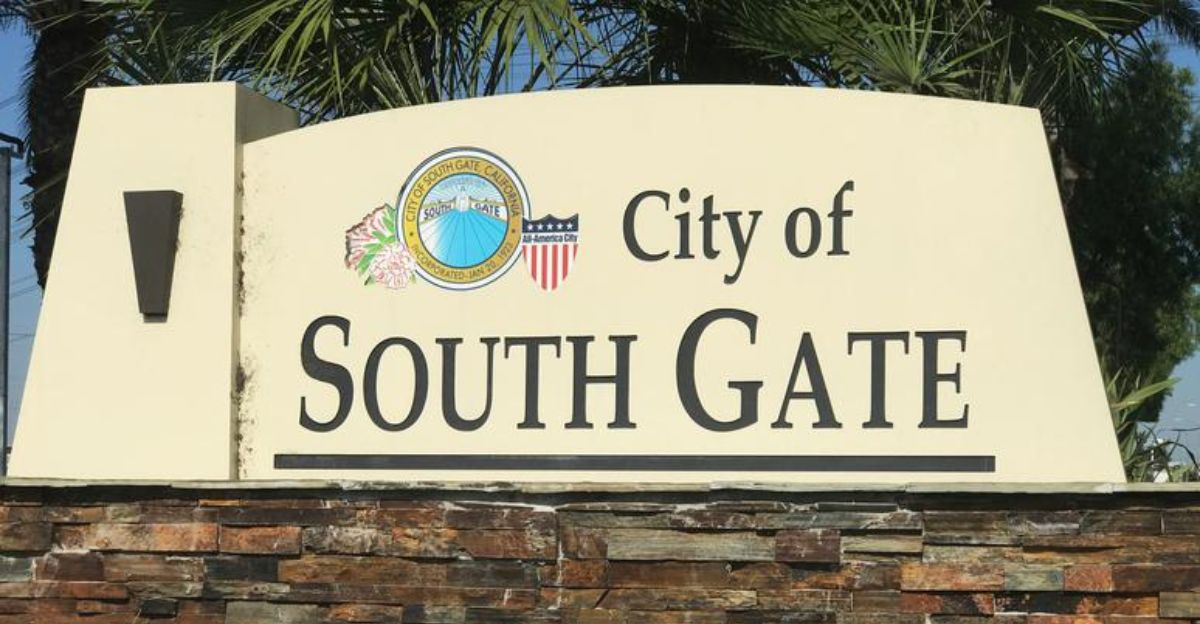
At the top of the risk rankings is South Gate, CA, the city that epitomizes America’s multi-hazard vulnerability. Ranking #1, South Gate faces an unrelenting mix of wildfires, earthquakes, floods, and extreme heat.
This alarming exposure underscores how critical it is for cities like South Gate to not only deal with individual threats but plan for their compound impacts, which strain local infrastructure and emergency services.
South Gate’s Risk Factors: The Perfect Storm

South Gate’s high-risk profile is driven by its aging infrastructure, dense housing, and limited disaster resilience. With flooding and heat waves becoming more frequent, the city’s infrastructure—especially its water pipes and utilities—are increasingly vulnerable.
The overlapping risks in South Gate illustrate the importance of adopting cross-cutting solutions, from stronger building codes to improved flood management and energy resilience.
South Gate: Overcoming the Systemic Vulnerability
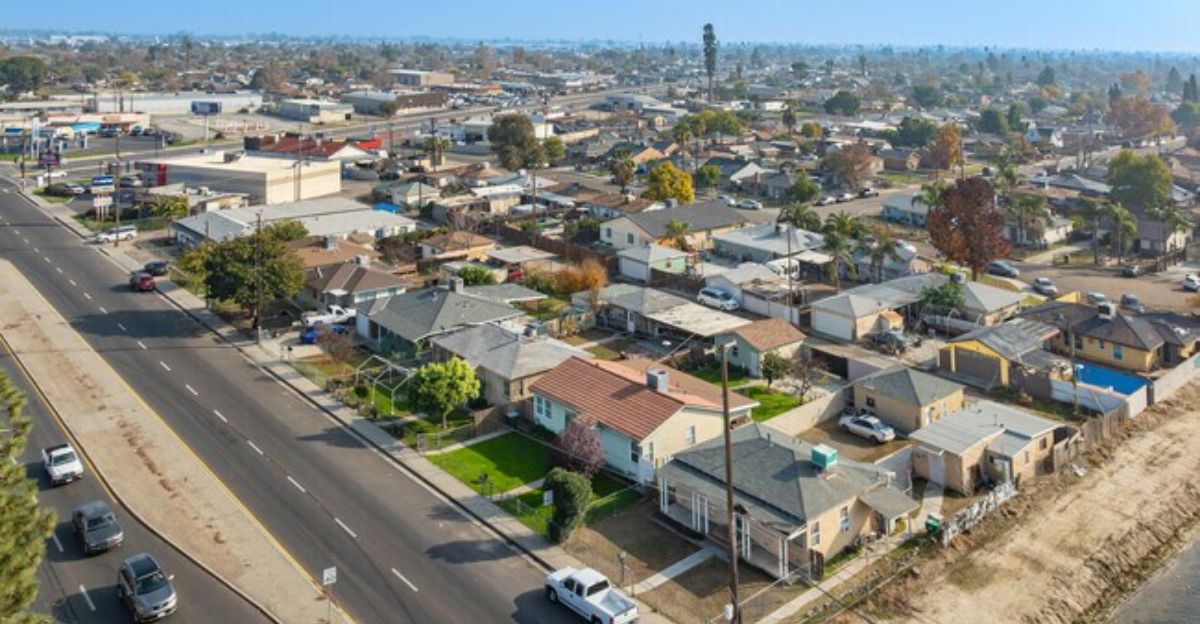
It’s not just the natural disasters that put South Gate at risk, it’s the lack of resilience in its systems. With floodplains and seismic threats amplifying its challenges, public agencies are under constant strain to provide timely services and evacuation routes.
As this city’s vulnerability shows, real mitigation efforts must focus on long-term systemic improvements, including urban planning, infrastructure investment, and a unified emergency response system.
2. Compton’s Rising Risk: More Than Meets the Eye
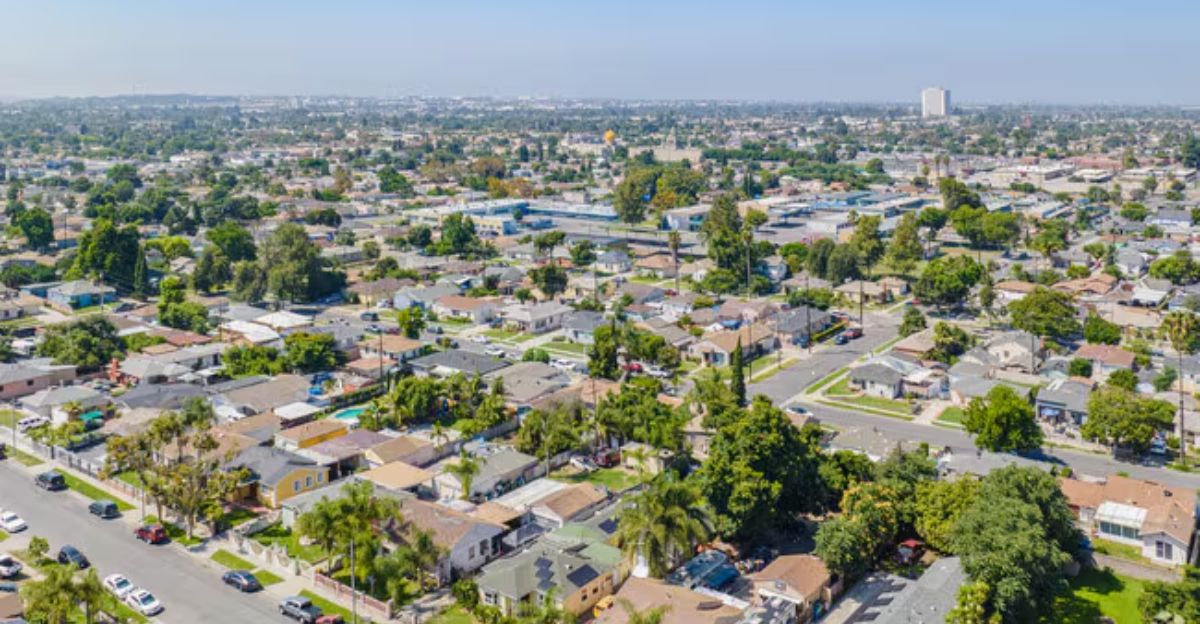
Compton, CA, while historically known for its culture, is now one of the most at-risk cities in the U.S. Ranked #2 for natural disaster vulnerability, Compton faces a combination of earthquakes, floods, and extreme heat.
Its dense population and aging infrastructure make it a prime example of how cities with significant urban development can be especially susceptible to multiple, simultaneous hazards.
Compton’s Exposure: Aging Infrastructure Meets Rising Risk
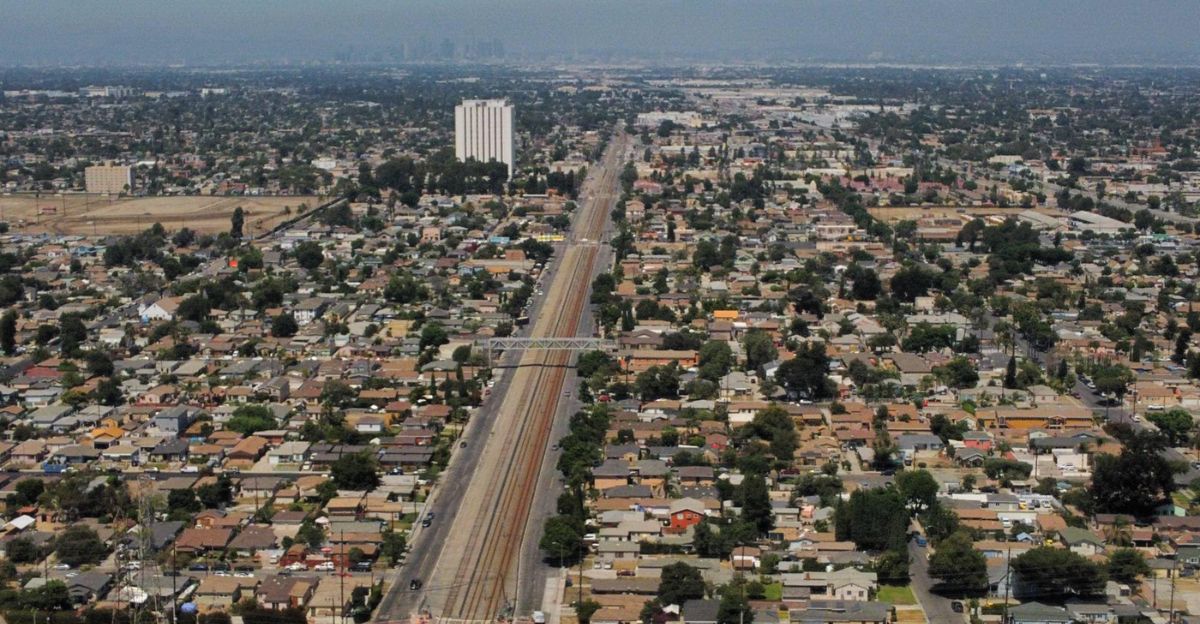
Compton’s disaster risk profile is a stark reminder that hazards aren’t just about isolated events; they’re about the confluence of multiple threats.
Power outages, transportation failures, and disrupted services are more likely in densely packed neighborhoods, which exacerbates the already high risk of catastrophic events. Effective resilience strategies in places like Compton require targeted investments in infrastructure, emergency preparedness, and community-wide disaster response systems.
3. Cicero, IL: Multi-Hazard Exposure in the Heart of the Midwest
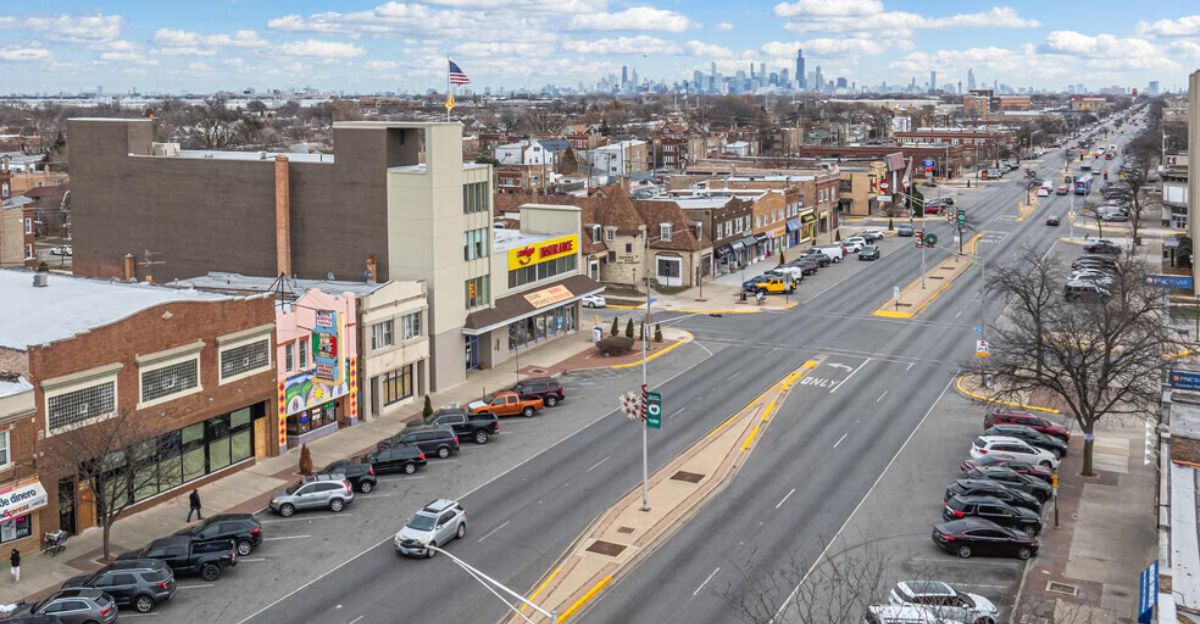
Ranked #3, Cicero, IL, sits far from the coast but still faces significant risk. Tornadoes, floods, and extreme heat intersect with dense development, making this city a hotspot for multiple natural hazards.
It’s a crucial lesson: risk isn’t confined to coastal cities alone. Tornado-prone areas, like Cicero, need to invest in building codes, flood management systems, and multi-hazard resilience that prepares them for a variety of scenarios.
Cicero’s Risks: Planning Beyond Tornadoes
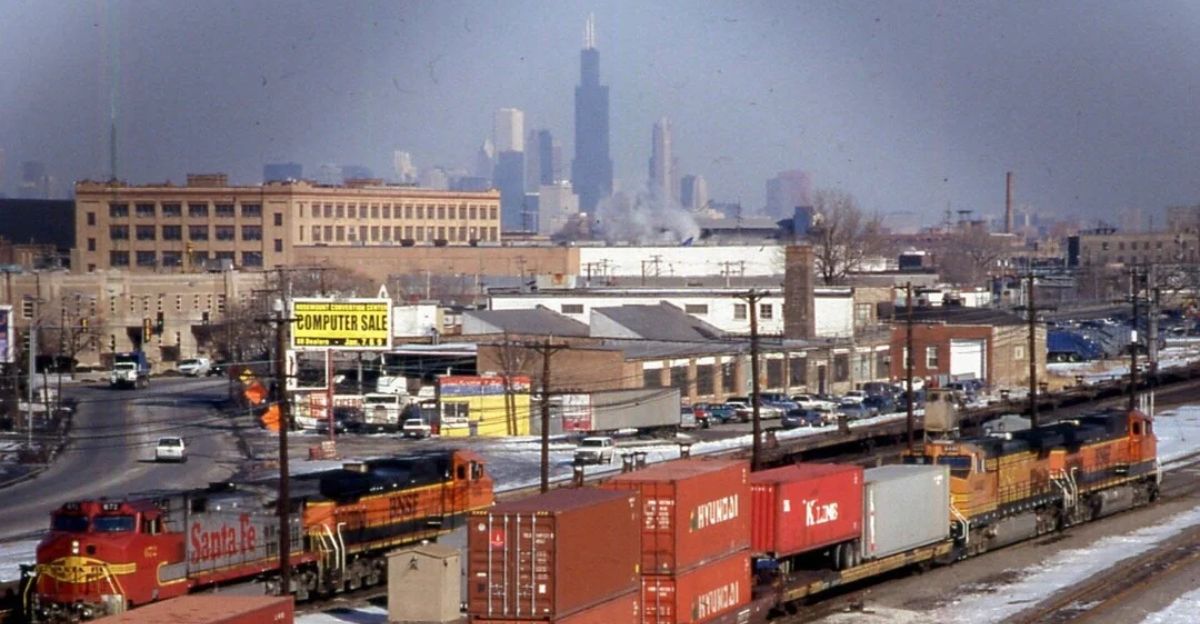
The convergence of heat waves, floods, and tornadoes in Cicero reveals a need for integrated risk management. This town’s vulnerability isn’t just about facing one disaster at a time.
To protect vulnerable residents, Cicero must prioritize cross-sector resilience, including storm-resistant infrastructure, flood controls, and a disaster communication strategy that ensures every resident can get the help they need when disaster strikes.
4. Bellflower, CA: Suburban Vulnerability in an Urbanized World

Bellflower, CA, may not be a major metropolis, but it faces a disproportionate amount of risk. Nestled in a region prone to wildfires, floods, and heatwaves, Bellflower exemplifies how suburban areas are often overlooked in disaster preparedness plans.
This city’s experience serves as a wake-up call for suburban areas to take disaster preparedness seriously and to implement mitigation strategies that address these complex, overlapping hazards.
Bellflower: Suburban Risk Requires Proactive Planning
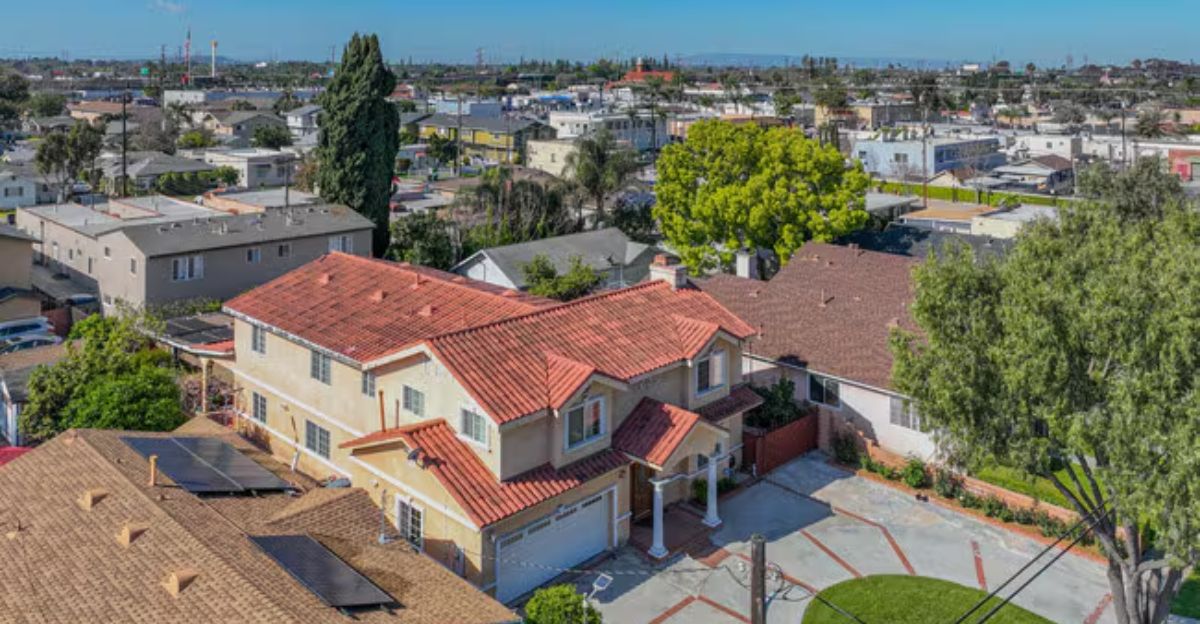
In Bellflower, aging infrastructure and strained emergency services contribute to the risk. As the city faces natural hazards like wildfires and floods, it’s critical to incorporate proactive disaster planning and resilient infrastructure.
Resilient systems, such as backup power grids and flood prevention measures, should be at the forefront of suburban emergency planning to prevent potential devastation.
5. Hawthorne, CA: Inland Cities Aren’t Immune to Disasters

Hawthorne, CA, shows that even inland cities can face significant natural disaster risks. From flooding to heatwaves, Hawthorne’s location exacerbates the strain on emergency services and infrastructure.
While many focus on coastal cities, this example proves that inland cities too must prepare for the increasing frequency and intensity of multi-hazard events.
Hawthorne: Disaster Resilience for Inland Cities

Hawthorne’s high risk underscores the need for inland cities to focus on resilience across all sectors. The combination of extreme heat and flood risks puts pressure on public services, which highlights the need for robust building codes and energy systems that are built to last.
Investments in disaster-resilient infrastructure are essential to protecting vulnerable populations and reducing long-term recovery times.
6. Miami Gardens, FL: Coastal Communities Face Double Trouble

Miami Gardens, FL, sits on the frontline of coastal risk, where hurricanes, floods, and heat stress create a constant threat to the city’s residents.
As climate change accelerates, coastal cities like Miami Gardens must invest in both protective infrastructure and community preparedness. This dual approach—building sea walls and upgrading public health systems—can help cities stay one step ahead of disaster risk.
Miami Gardens: Protecting Coastal Communities from Rising Seas

Miami Gardens faces a unique challenge: how to protect residents from rising sea levels while maintaining the city’s vitality. Effective planning should integrate flood defenses, evacuation routes, and sustainable building practices.
Long-term coastal resilience strategies that anticipate future sea-level rise are critical to ensuring that cities like Miami Gardens can continue to thrive despite increasing risks.
7. Paterson, NJ: Flooding and Heat Combine for Increased Risk
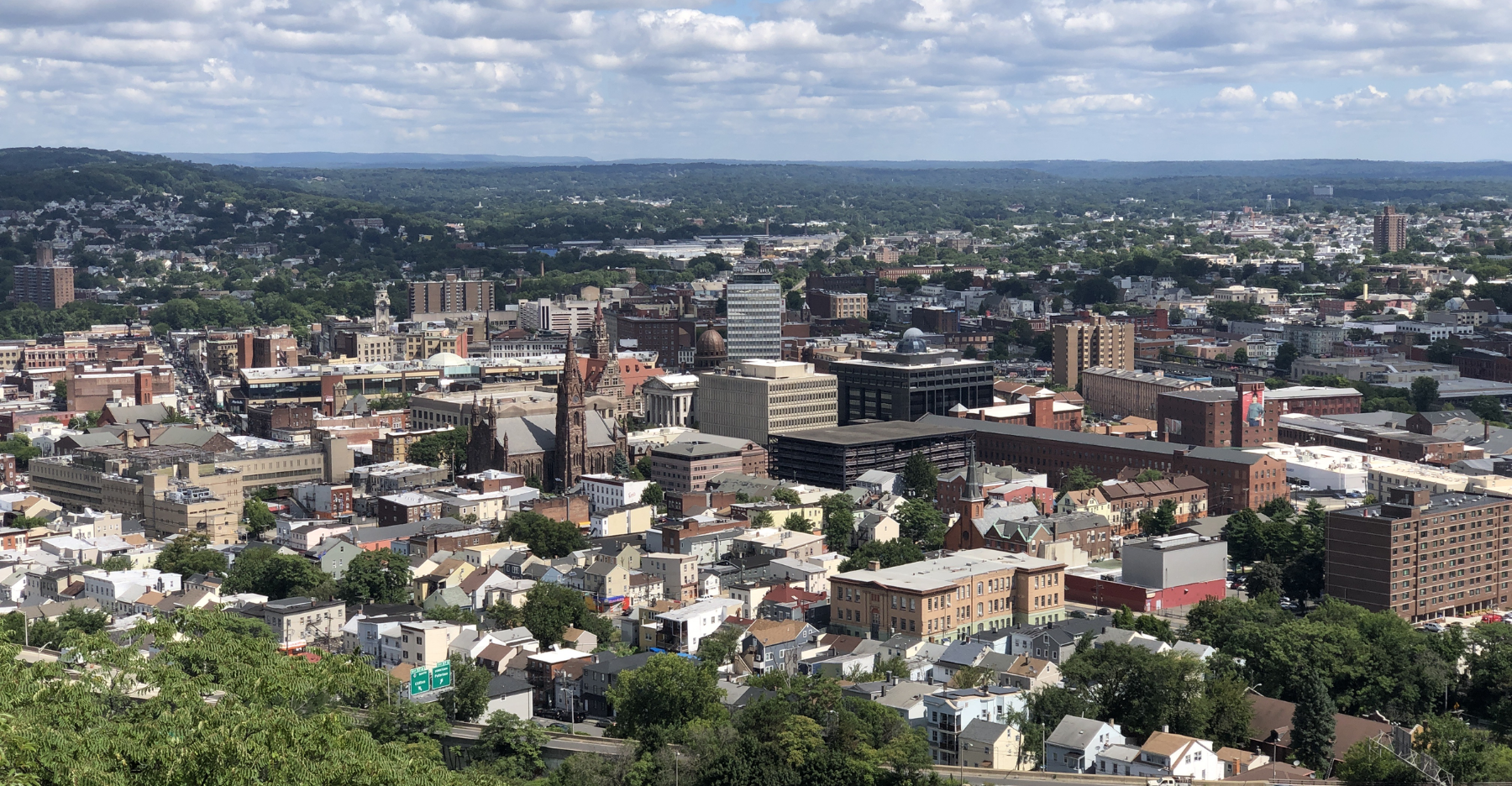
Paterson, NJ, is another city that’s feeling the impacts of multiple hazards. Flooding, extreme heat, and aging infrastructure intersect with high population density, creating a complex disaster risk profile.
Paterson’s experience reminds us that inland cities, often overlooked in disaster discussions, require just as much attention as coastal cities when it comes to building disaster resilience.
Paterson: Smart Investments in Infrastructure Lead to Better Outcomes

Paterson’s vulnerability to flooding and heat stress illustrates the importance of strategic infrastructure investments. By enhancing drainage systems, upgrading sewer lines, and diversifying energy supplies, the city can reduce the risk of cascading disasters. Ensuring that Paterson’s infrastructure is designed to withstand these challenges is key to protecting residents and ensuring long-term resilience.
8. El Monte, CA: A Suburban City Under Threat
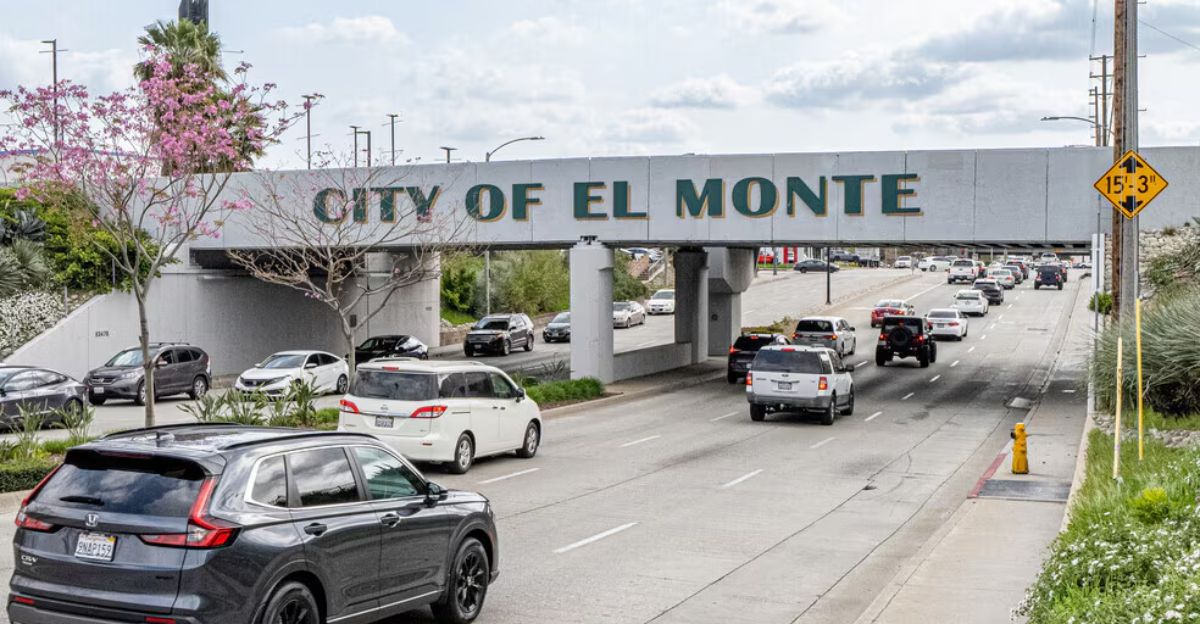
El Monte, CA, may seem like an ordinary suburban area, but it faces significant risk from floods, heatwaves, and aging infrastructure.
With growing concerns about its ability to respond to simultaneous disasters, El Monte is a key example of how local governments must prioritize disaster preparedness and resilient infrastructure to protect residents.
El Monte: Strengthening Local Leadership for Better Preparedness
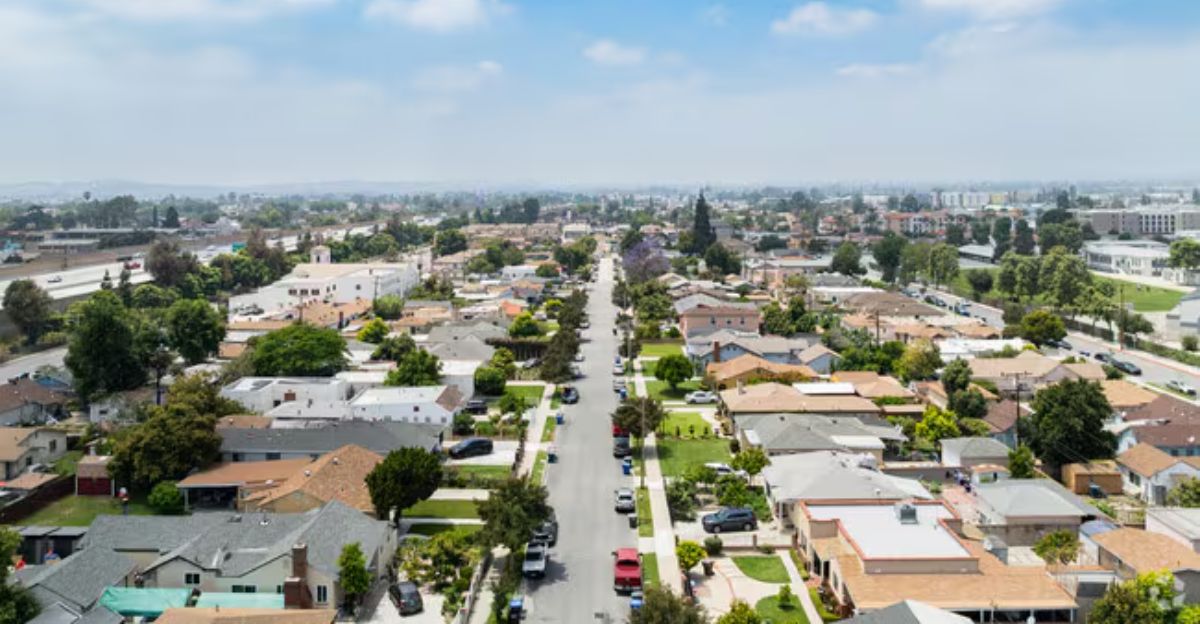
El Monte’s experience teaches us that disaster preparedness doesn’t just happen in large cities. Local leadership is crucial in ensuring that communities are ready for multi-hazard events.
By investing in early warning systems, cross-training emergency responders, and retrofitting critical infrastructure, El Monte can enhance its capacity to recover from multiple hazards at once.
9. El Cajon, CA: When Multi-Hazard Exposure Strains Services
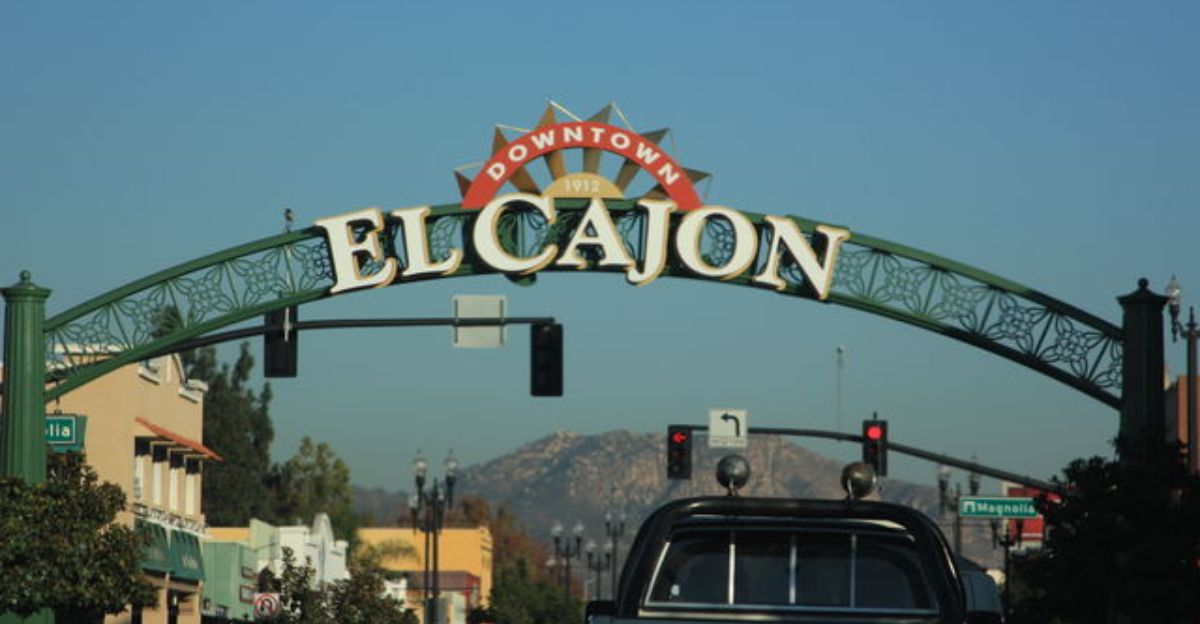
El Cajon, CA, is a city that illustrates the dangers of multi-hazard exposure in suburban areas. From wildfires to flooding, the city faces serious challenges when multiple disasters hit at the same time.
This highlights the importance of robust infrastructure upgrades and scalable emergency services to ensure that the city can respond effectively to crises as they unfold.
El Cajon: Coordinating Across Sectors for Resilience
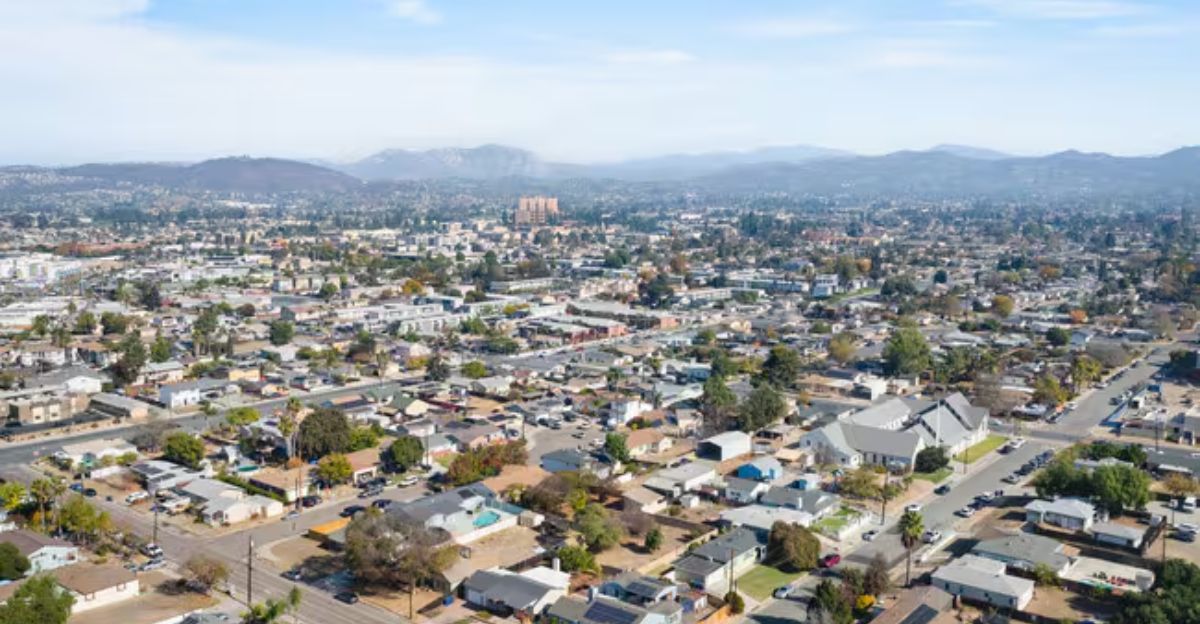
El Cajon’s example emphasizes the need for coordinated disaster resilience across all sectors. Housing, transportation, energy, and healthcare systems must all be integrated into a comprehensive disaster preparedness plan.
By addressing these areas together, the city can reduce vulnerabilities and create safer, more resilient communities for its residents, no matter what the future holds.